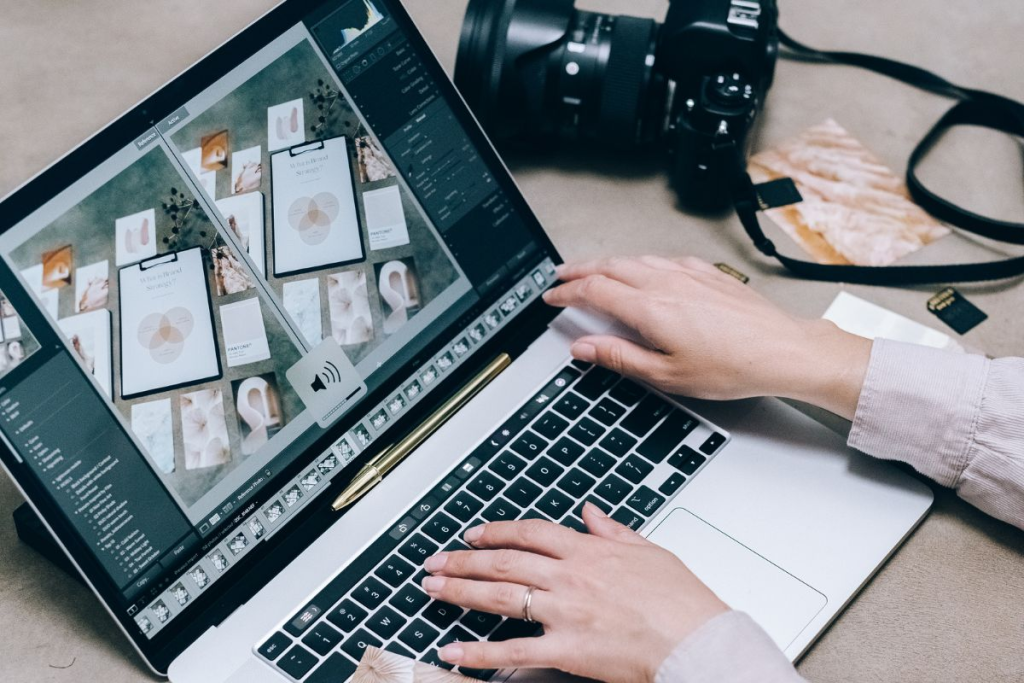Photography allows us to freeze moments in time, preserving memories and perspectives that might otherwise fade. For beginners, the world of photography can seem overwhelming with its technical terminology, equipment options, and artistic principles. However, mastering a few fundamental beginner photography tips can quickly transform your images from simple snapshots to compelling visual stories.
Understanding Your Camera
Before diving into advanced techniques, developing familiarity with your equipment creates a strong foundation for growth.
Camera Types and Their Advantages
Different camera types offer various benefits for new photographers:
- Smartphone Cameras: Accessible, portable, and increasingly powerful
- Point-and-Shoot Cameras: User-friendly with automatic settings and optical zoom
- DSLR Cameras: Interchangeable lenses with manual control capabilities
- Mirrorless Cameras: Compact bodies with DSLR-like quality and flexibility
Whichever type you choose, understanding fundamental camera settings makes the difference between accidental snapshots and intentional images. Learning to adjust aperture, shutter speed, and ISO—collectively known as the exposure triangle—provides essential control over how your images appear.
Essential Camera Settings for Beginners
Several key settings deserve immediate attention:
- Shooting Mode: Begin with automatic or program modes, gradually experimenting with aperture priority (A/Av) and shutter priority (S/Tv) before moving to manual
- Focus Mode: Learn the difference between single, continuous, and manual focus options
- Image Quality: Shoot in RAW format when possible for maximum editing flexibility
- White Balance: Start with auto white balance, but experiment with presets for different lighting conditions
- Drive Mode: Understand when to use single shot versus continuous shooting
Practice adjusting these settings until they become second nature, allowing you to react quickly to changing scenes or lighting conditions.
Mastering Light: Photography’s Foundation
Light quality fundamentally determines image quality, making it crucial to understand for beginners.
Natural Light Basics
Learning to recognize and work with natural light costs nothing but dramatically improves photos:
- Golden Hour: Shoot during the first and last hour of sunlight for warm, flattering illumination
- Overcast Days: Embrace cloudy skies as natural diffusers creating soft, even lighting
- Backlighting: Position subjects with light behind them for dramatic silhouettes or rim lighting
- Window Light: Use indoor window light for beautiful portraits with directional quality
- Shadow Management: Learn when to minimize shadows and when to emphasize them for drama
These lighting principles apply regardless of camera type, making them essential beginner photography tips for immediate improvement.

Composition: The Visual Language of Photography
While technical settings capture light correctly, composition determines how viewers interpret your image.
Fundamental composition rules
Several composition principles guide effective image arrangement:
- Rule of Thirds: Place key elements along imaginary lines dividing the frame into thirds
- Leading Lines: Use natural lines to guide viewers’ eyes toward your subject
- Framing: Find natural frames like doorways or tree branches to highlight your subject
- Perspective: Change your physical position—get low, climb high, move closer
- Negative Space: Incorporate empty areas to create breathing room around subjects
- Symmetry and Patterns: Identify and capture repeating elements for visual interest
These principles serve as guidelines rather than rigid rules—understand them thoroughly before deliberately breaking them for creative effect.
Practical Shooting Scenarios
Specific situations require unique approaches for successful images.
Portrait Photography Basics
When photographing people:
- Focus precisely on the eyes
- Use aperture priority with f/2.8-f/5.6 for pleasing background blur
- Position subjects in flattering light, often slightly angled from the camera
- Create connection through conversation and clear direction
- Watch backgrounds for distracting elements
Landscape Photography Foundations
For compelling environmental images:
- Use smaller apertures (f/8-f/16) for greater depth of field
- Incorporate foreground elements to create depth
- Consider graduated filters or HDR techniques for challenging light
- Use a tripod for maximum sharpness
- Seek interesting weather and lighting conditions
Action and Movement
To freeze or convey motion:
- Use shutter priority mode
- Select fast shutter speeds (1/500s or faster) to freeze action
- Try slower shutter speeds with panning for dynamic motion blur
- Anticipate peak moments rather than reacting to them
- Use continuous focusing modes for moving subjects

Essential Post-Processing Concepts
Modern photography includes basic editing to refine your vision.
Beginner-Friendly Editing Approaches
Start with these fundamental adjustments:
- Crop for improved composition
- Adjust exposure and contrast
- Fine-tune white balance for accurate color
- Apply subtle clarity or vibrance enhancements
- Remove distracting elements when necessary
Many free and affordable editing options exist, from smartphone apps to desktop programs designed for beginners.
Common Beginner Mistakes to Avoid
Recognizing these frequent errors helps accelerate your photographic development:
- Camera Shake: Use appropriate shutter speeds or stabilization
- Horizon Alignment: Keep horizons level unless deliberately tilted
- Overprocessing: Apply editing with restraint and purpose
- Cluttered Compositions: Simplify frames by removing distracting elements
- Centering Every Subject: Explore asymmetrical compositions for visual interest
Developing Your Photographic Eye
Photography is both technical and observational. Practice these habits to train your visual perception:
- Study photographs you admire, analyzing their composition and lighting
- Photograph the same subject under different conditions to understand variables
- Limit yourself occasionally to one lens or focal length to master that perspective
- Review your images critically, identifying both strengths and areas for improvement
- Share your work for constructive feedback from other photographers
FAQ Section
What’s the best camera for a complete beginner?
The best camera is the one you’ll actually use consistently. Many beginners find that starting with their smartphone allows them to focus on composition and lighting before investing in dedicated equipment. If purchasing a camera, entry-level mirrorless models offer an excellent balance of quality, features, and portability without overwhelming complexity.
How can I improve quickly without getting discouraged?
Set specific, achievable challenges rather than comparing yourself to established photographers. For example, spend a week focusing solely on composition, or photograph the same location at different times of day. Review your progress monthly rather than daily to recognize improvements more clearly, and remember that even professional photographers delete far more images than they keep.
Conclusion
Photography combines technical knowledge with creative vision, making it both challenging and deeply rewarding. By mastering these fundamental beginner photography tips—understanding your camera, working with light, applying composition principles, and developing consistent practice habits—you’ll create increasingly compelling images that preserve meaningful moments with clarity and emotion.
Remember that every photographer began as a beginner, and consistent practice matters more than expensive equipment or advanced techniques. Focus on seeing the world with fresh perspective, learning from each image you create, and gradually developing your unique photographic voice.






